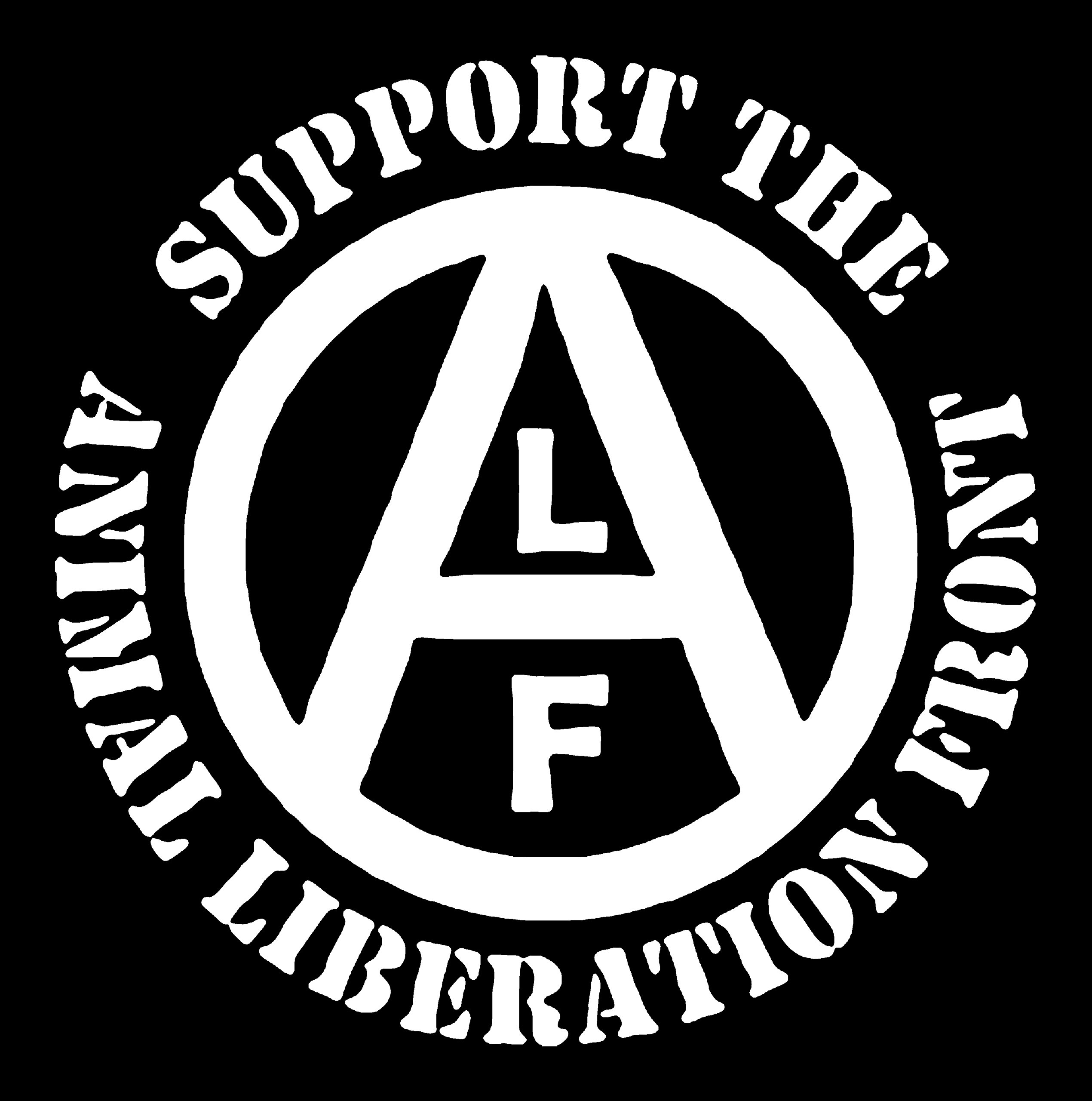“Animals and humans suffer and die alike. If you had to kill your own hog before you ate it, most likely you would not be able to do it. To hear the hog scream, to see the blood spill, to see the baby being taken away from its momma, and to see the look of death in the animal’s eye would turn your stomach. So you get the man at the packing house to do the killing for you. In like manner, if the wealthy aristocrats who are perpetrating conditions in the ghetto actually heard the screams of ghetto suffering, or saw the slow death of hungry little kids, or witnessed the strangulation of manhood and dignity, they could not continue the killing. But the wealthy are protected from such horror. . . . If you can justify killing to eat meat, you can justify the conditions of the ghetto. I cannot justify either one.”

“However, it is the people living near and working in these industries who are often most at risk of being harmed. Industrialized agriculture manufactures not only animal disability but also human disability. As with plant-based agriculture, the meat industry hires largely low-income people of color, many of whom are undocumented immigrants.”
“But both Eisnitz and Schlosser found that the most common injuries came not from accidents but from the standard practices that made up the jobs. Whether due to bagging intestines, trimming meat, dismembering cows, or bleeding pigs, the most commonly reported injuries in the meat industry are repetitive stress injuries. A Human Rights Watch report titled Blood, Sweat and Fear: Workers’ Rights in U.S. Meat and Poultry Plants concludes, “The single largest factor contributing to worker injuries is the speed at which the animals are killed and processed.”
“Facilities often operate twenty-four hours a day, seven days a week, killing hundreds or even thousands of animals every hour. One worker said, “The line is so fast there is no time to sharpen the knife. The knife gets dull and you have to cut harder. That’s when it really starts to hurt, and that’s when you cut yourself.”
“These workers also are exposed to a number of harmful gases and regularly inhale particulate matter, which is an innocuous phrase for such things as “dry fecal matter, feed, animal dander and skin cells, feathers, fungi, dry soil and bacterial endotoxins.” 39 In pig confinement operations, nearly 70 percent of workers experience “one or more symptoms of respiratory irritation or illness.” 40”
“Both Schlosser and Eisnitz confirm this policy and culture of speed, repeatedly describing how simple things such as bathroom breaks or taking a pause because of a sudden injury or illness cause people to lose their jobs. Workers are fired for taking doctor-prescribed sick leave, reporting their injuries, and complaining about animal cruelty. A 2016 report from Oxfam found that some poultry workers in the United States are resorting to wearing diapers as they are denied bathroom breaks. 45 These industries are also notoriously good at leaving injured workers without medical coverage, worker’s comp, or any sort of compensation or livelihood. 46 After they are fired, these disabled and often undocumented workers find it difficult if not impossible to find new work or health care. Eisnitz writes, “Drained of their usefulness to the slaughterhouse, [disabled workers] are cast aside, reminders of a system that places nearly as little value on human life as it does on animal life.” 47”
“The workers, consumers, and exploited animals affected by industrialized agriculture have had their bodies battered, poisoned, debilitated, dismembered, and made ill by these entities.”